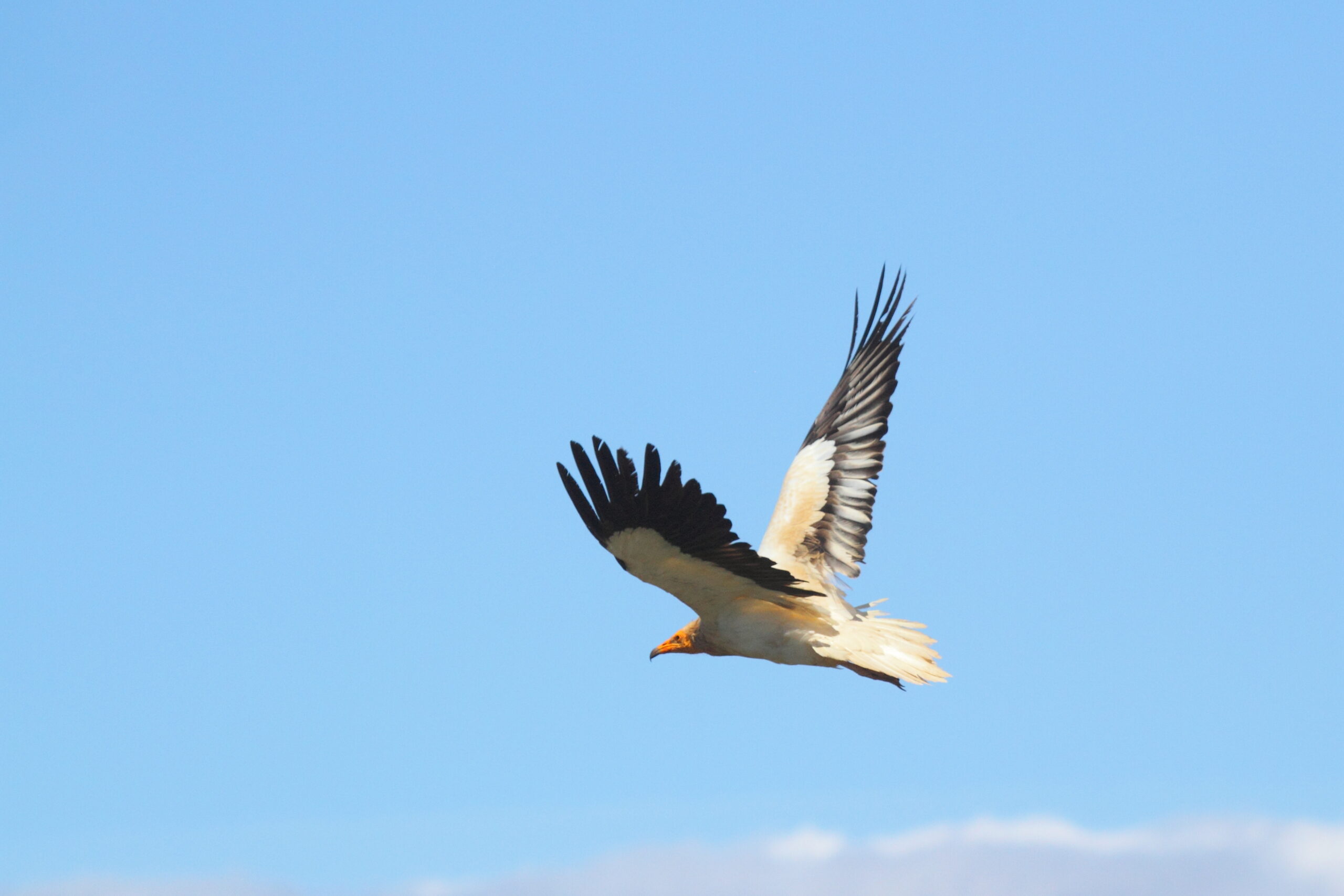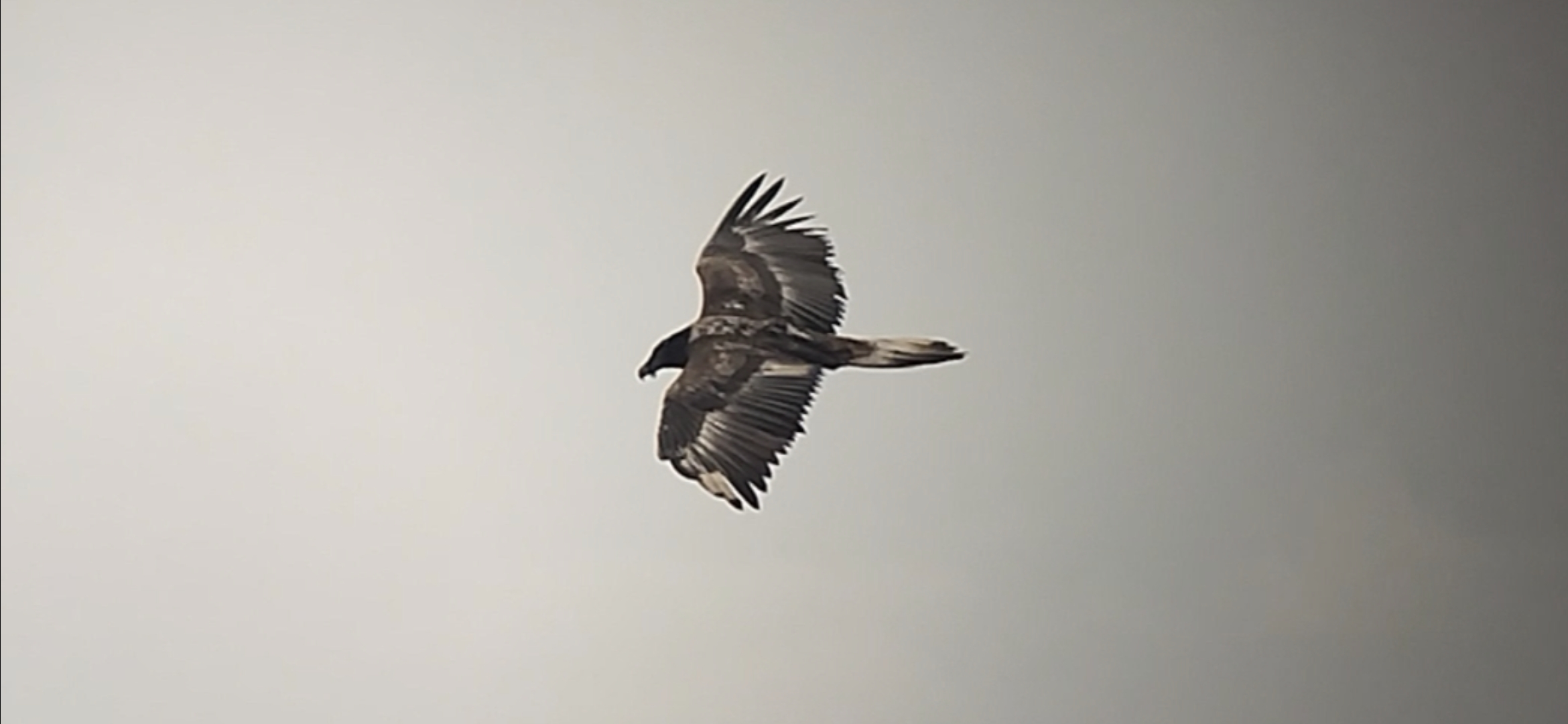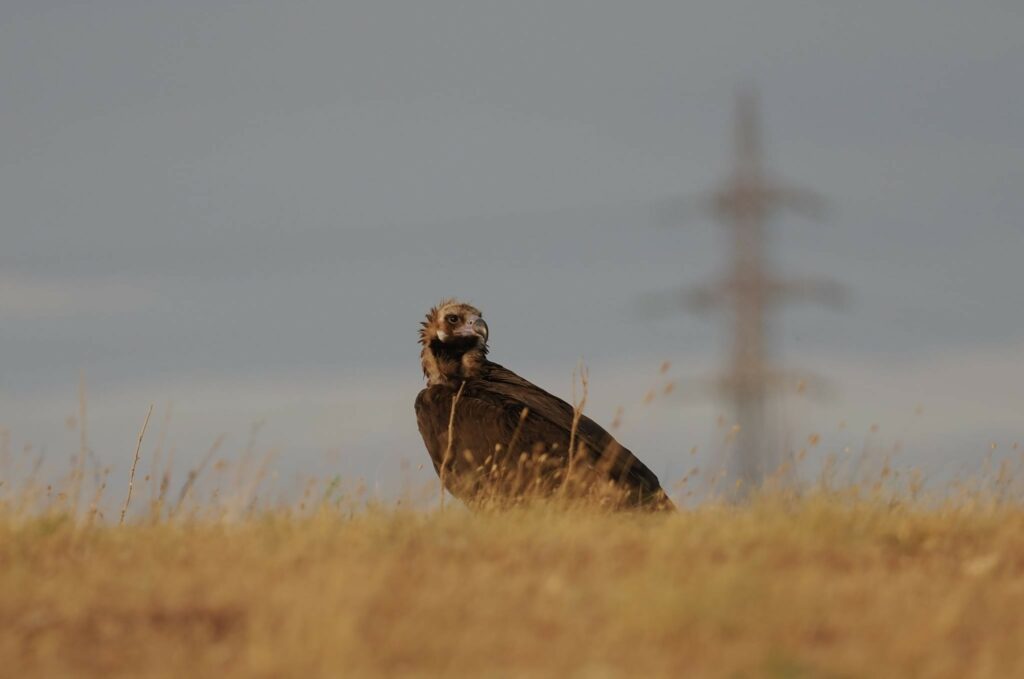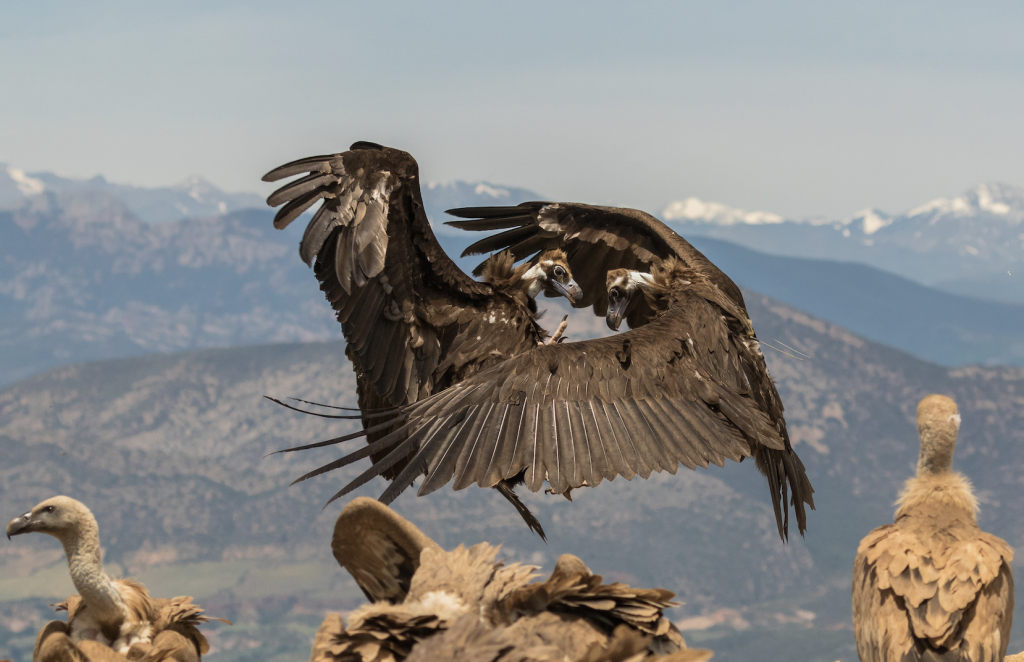
Even though a lot of people have a negative perception of vultures, once they learn more about these birds, they start appreciating them. So, here are just a few fascinating vulture facts that show how spectacular these birds are.
1. Vultures are divided into two groups that aren’t so related
You can basically find vultures on every continent except for Antarctica and Australia. There are 23 vultures species divided into two groups — New World vultures that live in North America and South America, and Old World vultures found in Africa, Asia and Europe. The groups are not closely related; the resemblances arose by convergent evolution.
A significant difference between old and new world vultures is that old world vultures depend on sight to find food, where many new world vultures have a very good sense of smell (which is unusual for birds) and can smell dead animals from a distance of up to two kilometres.
2. Old World Vultures follow other animals to find food efficiently
Vultures in Africa, Asia and Europe use visual cues that help them find food. With their amazing sight, they spot and follow other animals, which vary. Vultures suspect that a nice meal is nearby if they see other vultures, or necrophagous birds like eagles and crows, descending and gathering in big numbers in fields, and so, they follow them! They also follow carnivorous mammals such as wolves and foxes. Wolves are amazing hunters and vultures know this. The Bearded Vulture that lives high in snowy mountains follows wolves and waits until they eat the meat of an animal, and then the Bearded Vulture dives in and eats the bones of the carcass. There is no competition between the two animals, as they eat different parts of carcasses.
3. Not all vultures are bald
Not all vultures are bald and each vulture species feeds differently. Due to evolutionary adaptation, vultures that poke their heads deep into a carcass to pick out the yummy parts tend to have bald heads so that their feathers won’t get dirty, preventing bacteria and other parasites that cause infections from getting stuck onto them. Findings from a study also suggest that their bald heads help them stay cool, regulating their temperature.
4. Two vulture species ‘dye’ their feathers
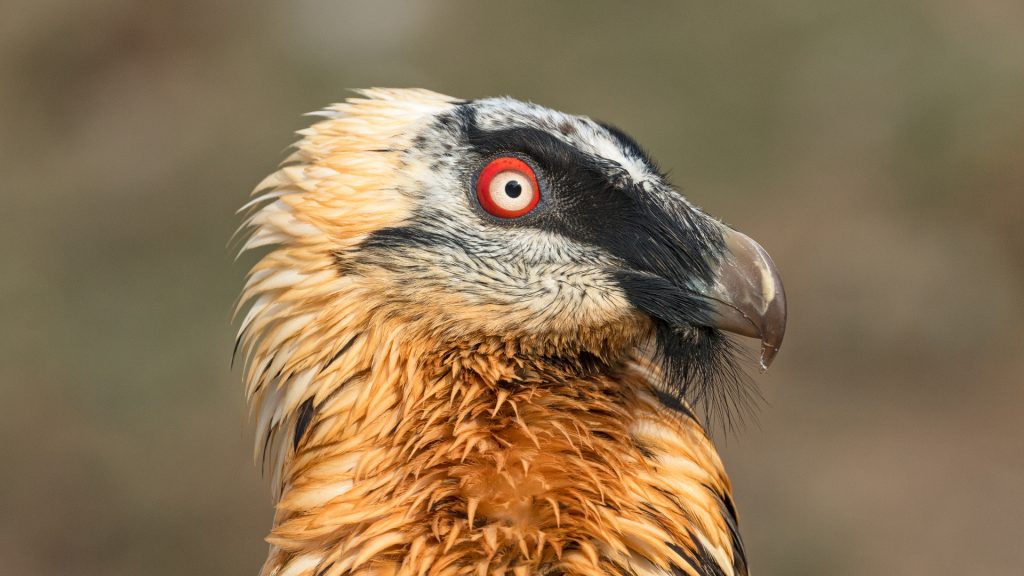
There are bird species that ‘paint’ their feathers, but it’s a rare occurrence. However, two of those are vultures — the Bearded Vulture and Egyptian Vulture. When they are adults, both species can bathe in mud pools, which gives their white feathers on their face and chest an orange-brown colour. But, the reason behind this behaviour still remains a mystery, although there are several speculations.
5. When vultures fly in circles, they are not waiting for their prey to die
Many believe that vultures fly in circles because they are waiting for a potential prey item to die, but this is not true. Because vultures are large birds, they use thermals (rising hot air) to lift them up and gain height by circling, enabling them to soar for long distances between thermals, rarely having to flap their wings. This is useful because, as carrion-feeders, it is often difficult for them to find food, and by utilising thermals it helps them save energy.
6. Europe’s most social vulture has evolved sophisticated communication signals
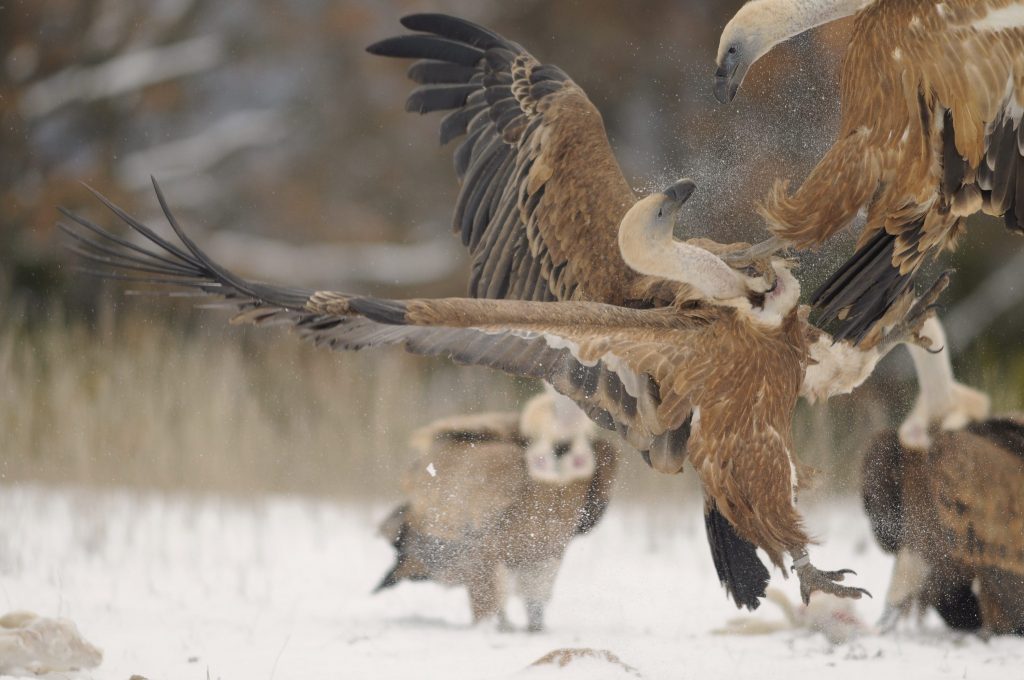
A recent study showed that Griffon Vultures have more complex vocalisations when it comes to social interactions and communication between individuals than previously thought. The study identified a total of twelve types of calls, revealing that the size of the vocal repertoire of Griffon Vultures appears to be wider or similar to those belonging to other non-passerine species, like parrots, well known for the complexity of their vocal communications. It further highlighted that the complexity of the language must be related to a species’ social evolutionary history rather than its syrinx’s evolution.
7. Many cultures have been worshipping vultures
Through ancient times, several cultures have been admiring vultures. In Egypt, for example, they believed that vultures were devoted mothers (which is true), so these birds were often associated with maternity and compassion.
8. One vulture species uses tools!
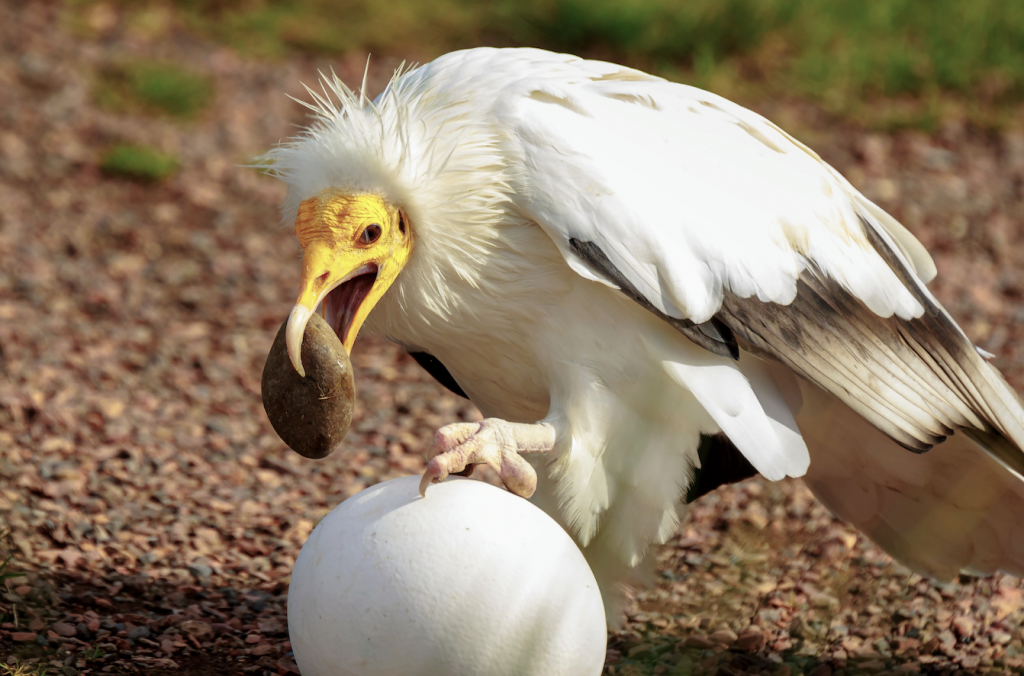
The Egyptian Vulture is the world’s only tool-using vulture. With its special technique, the Egyptian Vulture picks up sharp stones and throws them onto ostrich eggs in Africa until they crack to reach the yummy insides!
9. Vultures are not bad. They are actually really important.
Vultures often get a terrible reputation but they are not bad. Like every living thing, they play an important role in keeping nature’s balance. They eat carcasses, which helps clean up nature, recycle nutrients as well as potentially minimize the spread of disease.
